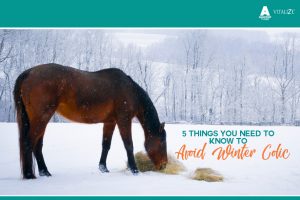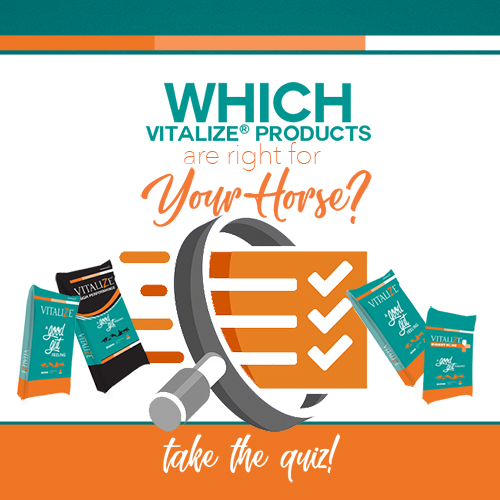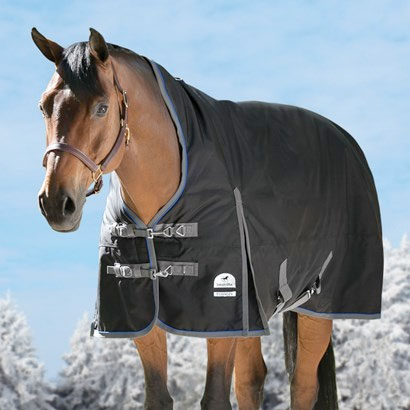Tips for Horse Care in the Winter
The Impacts of Weather on Your Horse’s Digestion
There has always been a common myth that when the weather changes, the instances of colic in the barn increase. But is this true? Can a simple change in temperature, barometric pressure or location affect your horse’s health? A recent study says it may. The study, conducted at the University of Pennsylvania in 2017, stated there were four variables that wereRead More
The Impacts of Weather on Your Horse’s Digestion
There has always been a common myth that when the weather changes, the instances of colic in the barn increase. But is this true? Can a simple change in temperature, barometric pressure or location affect your horse’s health? A recent study says it may. The study, conducted at the University of Pennsylvania in 2017, stated there were four variables that wereRead More
The Impacts of Weather on Your Horse’s Digestion
There has always been a common myth that when the weather changes, the instances of colic in the barn increase. But is this true? Can a simple change in temperature, barometric pressure or location affect your horse’s health? A recent study says it may. The study, conducted at the University of Pennsylvania in 2017, stated there were four variables that wereRead More
How Amaferm® Increases Weight Gain and Decreases Feed Bills
What if there was something to help your horse gain weight, while also lowering your feed bills? Seems too good to be true, right? Wrong! Here is a common scenario: you buy a skinny, unthrifty horse. You feed, feed, feed the horse, but you just don’t see any improvement in his or her weight or muscling despite proper nutrition andRead More
5 Things You Need to Know to Avoid Winter Colic
Winter is right around the corner, which only means a few things for horse owners: indoor lessons, blanketing, hand warmers, and colic. Colic is known to be more frequent in the winter months primarily because of a decrease in water intake from our animals. Horses usually drink nearly 5-12 gallons of water per day. However, in the winter, they tendRead More
VIEW MORE ARTICLES ABOUT WINTER MAINTENANCE
"I have a horse that Vitalize just turned around. 🙂 He was very ribby off and on all summer, so for him to be gaining going into our cold weather, I’m super excited! He’s himself again with some extra spunk!" -Kacie Worgiss
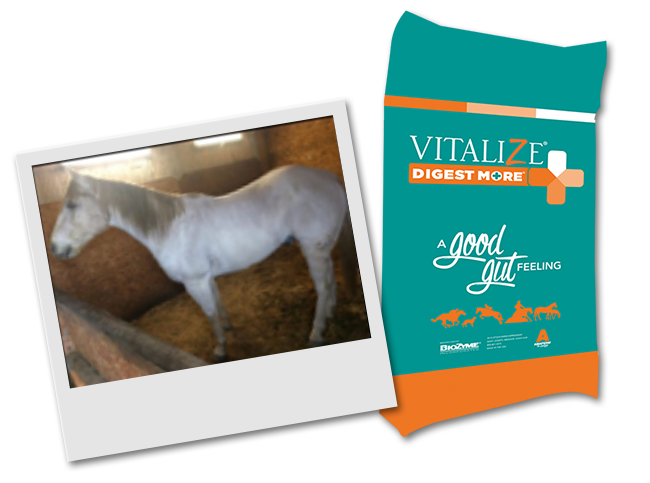
The Blanket Zone: Frequently Asked Questions
What is the Difference in Horse Blanket Types?
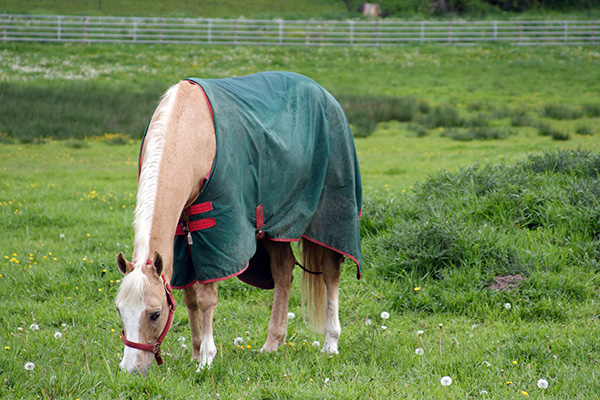
Horse Turnout Sheets and Blankets:
If your horse is going to be outside exposed to rain or snow, you should go with a turnout blanket or sheet. The word “turnout” means it is waterproof and will keep your horse dry. Turn your horse out in a turnout sheet if it is cold, rainy or snowy but your horse does not need significant warmth. If your horse needs extra warmth due to a drop in temperature (<30 degrees), because he is body-clipped, or because he is older and/or skinny, use a turnout blanket which will protect him from both low temperatures and precipitation.
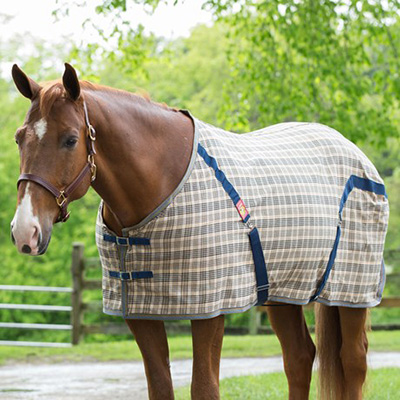
Horse Stable Sheets and Blankets:
Stable blankets and sheets are for indoor use only because they are NOT waterproof. While they work well indoors, they are less durable and leave your horse susceptible to the elements if used for turn out. Since stable sheets do not have fill they should be used on days when horses do not need significant warmth, and blankets, which do have fill, can be used on colder days.
Additional Examples:
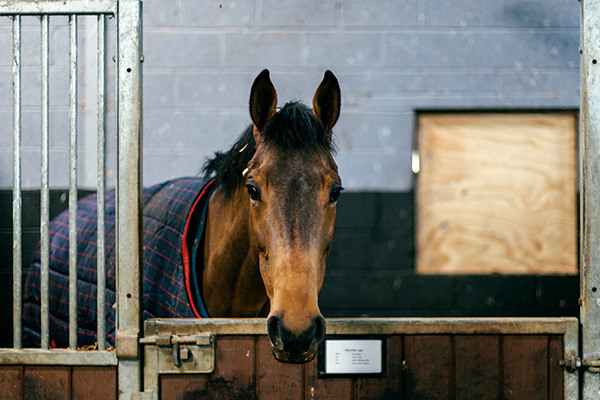
The stable blanket above is used primarily indoors, and it is best not to turn your horse out in one. They can also be used for layering to provide extra warmth.
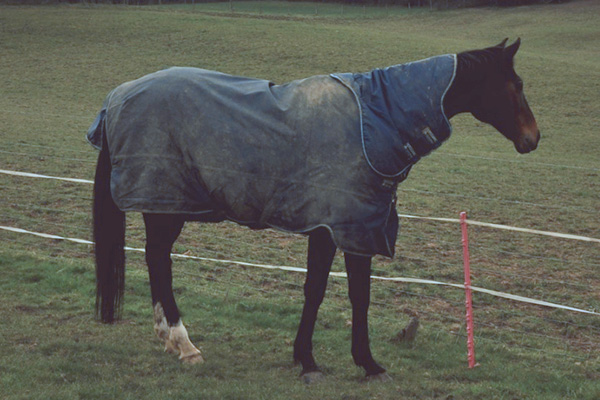
This turnout blanket includes a neck piece for additional warmth. Horses that are body-clipped benefit greatly from this piece.
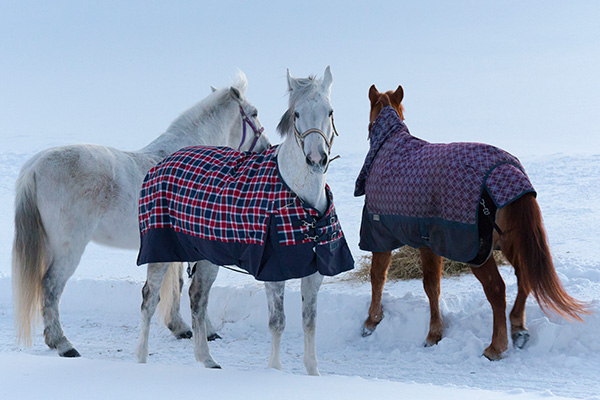
Turnout blankets and turnout sheets both have tail flaps, which provide extra protection from wind, snow or rain in the rear.
How to Clean & Store Horse Blankets:
- Take your blankets to a professional horse blanket cleaner, if possible.
- If a professional blanket cleaner is not an option, you can wash them in the comfort of your own home if you have a large enough washer, or they can be taken to a public laundromat that has industrial machines. Machines without an agitator or front load washers are best.
- Remove any access mud on the outside every few days with a stiff brush before taking to the washer. Access mud and debris could harm the washing machine.
- Choose a wash that is detergent-free, such as Rambo Blanket Wash, because common soaps can ruin the water-proofing effects of the blanket and also irritate the horse’s skin.
- To waterproof your blanket, use a Snow Proof Silicone Water and Stain Repellent.
- Wash the blanket on cold and gentle/delicate cycle. Hot water can deteriorate the blanket’s integrity or cause them to shrink.
- Once clean, allow the blanket to air dry either on a line, a fence, or hanging from ceiling hooks. Allow the blankets to dry completely before storing to avoid mold build-up.
- Store blankets in large tubs or tack trunks to prevent rodents and dust from getting to the blankets
Additional Recommendations When Purchasing a Horse Blanket:
- Fits your horse
- Be sure to use the measurement guides found in our most recent blog.
- If you have a Quarter Horse, purchase one that is a QH fit.
- Has a warranty
- For most horses, it is not if, but when a blanket will rip, tear, or become destroyed.
- Blankets with warranties may run a bit more expensive, but they will replace it if anything happens and are definitely worth the money! We recommend Smartpak Ultimate Turnout Blanket which has a 10 year warranty.



